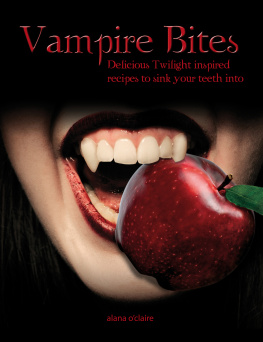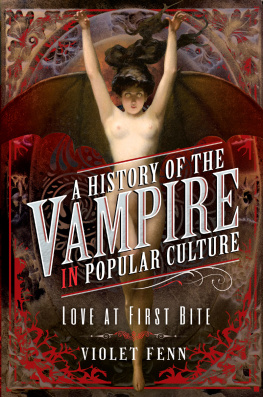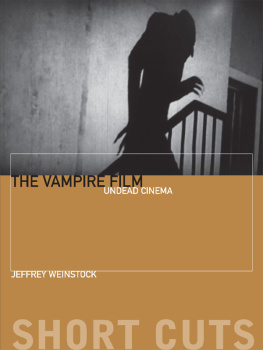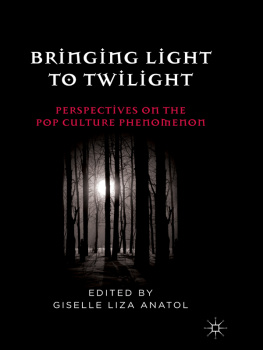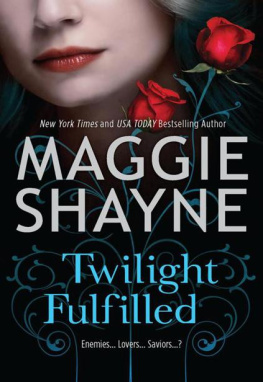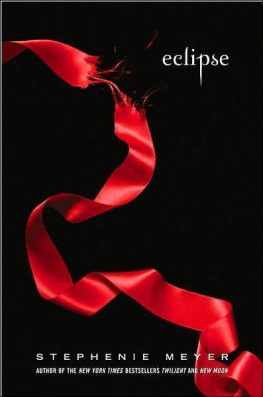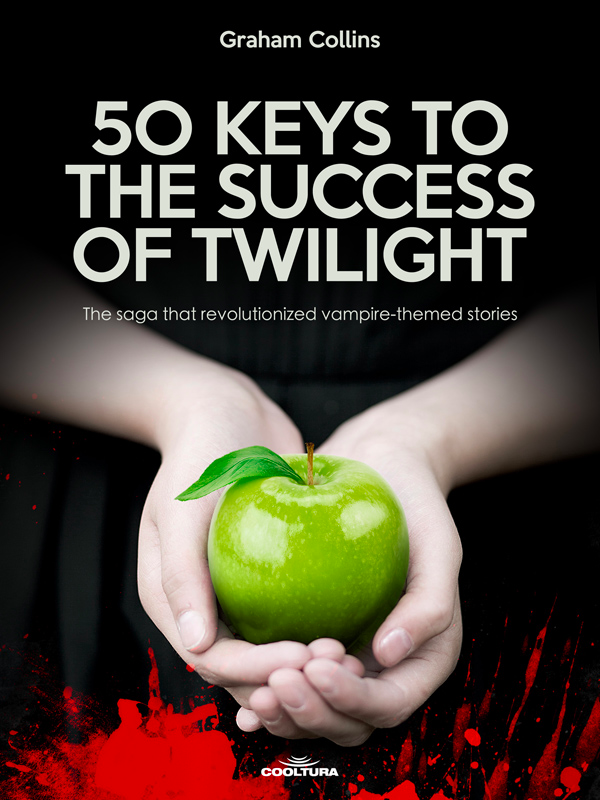Introduction
One of the outstanding publishing phenomenon of the century has been the publication of the four volumes of the Twilight saga, by American author Stephenie Meyer.
The titles of the four novels describe the course of the sun from sunset to sundown, as a metaphor for what the literary tradition, and the legend, state as the active hours of a vampire. Its installments and publication years are: Twilight (2005), New Moon (2006), Eclipse (2007) and Breaking Dawn (2008).
The saga has sold over 100 million copies worldwide, been translated into 37 languages and has set records as the biggest selling novel in its country of origin in 2008 and 2009. However, as it is a novel aimed at a young audience, a lot of people argue that it is just a successful commercial transaction, whose weak literary values do not correspond to the number of copies sold.
In order analyze this phenomenon we will review some of the details around the creation of these texts.
Dispute between quality and success
It is not easy to define the line where a books literary qualities are admirable or not. There is an overbearing critical judgment criterion that sometimes does not take into account the diverse values of the literary world and does not consider that each book is based on incomparable sources and on diverse aims.
The value of a work is usually weighed for its esthetic features. If so, in the case of a novel the author will need to manage the daring balance between tradition and innovation that achieves a synthesis in which the main purpose is to feel that we are experiencing something new. Specialists assure that originality does not consist of discovering a completely different stylistic form, but in finding the fusion of elements known but never before associated.
At the beginning, the writer may set, or not, a commercial target for their work. Then, they will write what they can, what their internal feelings suggest. Only a few reach a good volume of sales, since the creative subjectivity is not always in line with what the reader wants, subject to styles and trends that do not always guide them along the lines of literary quality. There is one undeniable fact: most of the great literary phenomena were the result of chance.
A second step will include the editor, who will provide their own subjectivity and will seek to follow trends, implementing marketing strategies according to their own understanding of the market, in other words, what they assume people want to read.
A further inevitable step is the critics participation, largely used to convention and with a distrust of what is new. Not many writers survive the specialized scrutiny.
But success will only be determined by the last link in the chain: the sovereign judgment of the reader, that will reward regardless of initial esthetic characteristics but according to their own feelings, taking into account their literary experience, morbid curiosity, wish to visit new worlds and, of course, dependence and exposure to the media and, finally, their own rebellion against or acceptance of the established parameters.
The bestseller
During the 20th century, this aspect caused the growth of a literary genre, mainly applied to the novel that has nothing to do with the form of the story nor with the esthetic characteristics, but with the number of copies sold: the bestseller .
The editorial business not only transforms authors into millionaires good ones or not so good ones but encourages them to repeat their strategies and write more of the same. In some ways, it rewards the successful, giving writers time and money to continue writing, irrelevant of the quality of what they are writing, and focusing on their potential monetary reward. This system has extolled novelists as Irwing Wallance, Morris West and Sidney Sheldon, whose success is outstanding, but who cannot be compared to masters of story telling, such as William Faulkner or Thomas Mann.
It is clear that lovers of literature have always been dismayed that some popular books, usually of a lower quality, sold better than books by talented authors. However, this does not mean that lovers of literature did not fall into the temptation of reading these apparently lesser books, and even enjoyed them.
Every writer prefers to be remembered for at least one great work, that if possible has all the characteristics of excellence: good characters, intense and engaging story, complex and striking structure, accurate language, without being unintelligible or vulgar. And overall, secondary to the words, a great living world that allows various interpretations and fully engages the reader.
Often works that have these characteristics do not always correspond to massive sales. Success is something really difficult to predict, consumers standards are restless in a medium that runs at an excessive speed, not only on paper but also in bites .
The exploited formula
The birth of a new century has brought another habit derived from the same commercial trend: the so called Saga . Many novelists begin writing their works thinking in many volumes, enhancing the economic benefits and minimizing risk. If the first book does not work they can do something else. If it works it is essential to continue, readers are waiting.
In this way, the dawn of the 21st century has amazed us with the appearance of literary sagas which authors, in general women, have been the first ones surprised by the quick success. The case of J.K. Rowling is remarkable and her ineffable young wizard, Harry Potter, has been the beginning and, perchance, the model for subsequent cases.
Beginning and evolution of the bite in literature
Abraham Stoker was a sick boy. His precarious health leads him to seek refuge at home where he first studied with private teachers. His family belonged to the modest bourgeoisie of Southern Ireland and therefore the only family fortune was books. Fed up with life indoors, the only distraction for young Stoker was the bookshelf volumes and ghostly stories told by his mother before wishing him good-night.
Only at the age of seven, when he overcame the disease, did he turn into a model student and even took studies in the Irish temple of knowledge: the Trinity College, where he became friends with Oscar Wilde. He finished studies there in 1870 with honors, after which he moved to London and began writing ghost stories.
Probably influenced by this education (that of his parents and of the Trinity College), he was interested in the history of Vlad Dracul, prince of Wallachia, a very cruel Romanian warrior that impaled his enemies, and related it to the legends circulating at that time about vampirism already collected by some literary experiments (which include no less than Goethe and Lord Byron). The result of the audacity of Bram Stoker raised the vampire figure into the public domain. In 1987 Dracula was published, a fresco of the typical repressed sexuality of Victorian society in which Stoker wrote. Since then, the figure of the vampire has always been directly related to this character, which offered enough blood to feed infinity of films, books, essays and different variations.
It was not until 1954 that a new novel, I am Legend , by Richard Matheson, resumed the vampire theme and placed it in a post-apocalyptic future where vampirism is caused by a bacteria and there is only one human against all fangs.
In 1976, the American Anne Rice published the trilogy, Vampire chronicles . The first book, Interview with the vampire , was an editorial success and, two decades later, gave way to a film that returned vampirism to the contemporary world. These vampires have wiped away the guilt of their literary ancestors, lack malice and if they kill it is just because they have no other remedy, to feed themselves. Even if they are a little perverse, they do not have the traditional brutality of a folk Romanian vampire.


